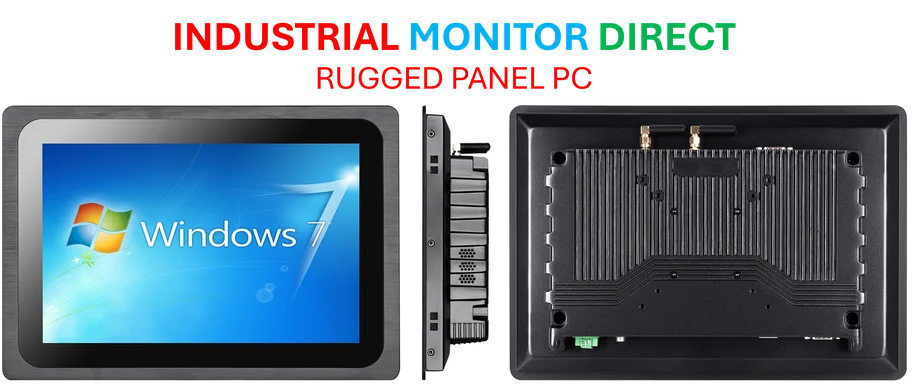According to CNBC, Jefferies just named Broadcom its top semiconductor pick with a new $480 price target representing 32% upside from current levels. The bank specifically highlighted accelerating demand from hyperscalers like Google, Meta, and OpenAI for Broadcom’s custom AI chips. Analyst Blayne Curtis noted Google’s token processing has exploded from 480 trillion in April to 1,300 trillion in October, driving what Jefferies estimates could be $60 billion in revenue upside by 2027. While Nvidia remains the AI leader, Jefferies sees even greater estimate upside potential in Broadcom as these custom chip volumes ramp significantly in 2026 and 2027. Broadcom shares have already surged 56% year-to-date.
The Hyperscaler Gold Rush
Here’s the thing about Broadcom’s position in the AI boom—they’re not trying to compete directly with Nvidia on general-purpose AI chips. Instead, they’ve become the go-to partner for hyperscalers who want custom silicon tailored specifically to their AI workloads. Google has been their main ASIC customer for years, but now Meta and OpenAI are jumping in with “material volumes” too. Basically, while everyone’s focused on Nvidia’s GPUs, Broadcom is quietly building the specialized engines that power the world’s biggest AI platforms.
And the numbers are staggering. Google’s token processing nearly tripled in just six months? That’s the kind of growth that makes $60 billion in additional revenue by 2027 seem almost conservative. When you consider that Anthropic is also using Google’s TPUs, the network effects become pretty incredible. Each new major AI player that adopts this architecture essentially becomes another growth vector for Broadcom.
Why 2026-2027 Matters
Jefferies is specifically pointing to 2026 and 2027 as the real inflection points, which is interesting timing. Right now we’re in the early adoption phase where companies are scrambling to build AI infrastructure. But by 2026-2027, we’ll likely see these custom chip designs hitting mass production and becoming the backbone of everyday AI operations. The fact that Jefferies sees “even more upside” potential suggests they’re modeling conservative adoption curves.
Think about it—if Google’s token usage is growing this rapidly before most enterprises have even fully integrated AI into their workflows, what happens when AI becomes truly mainstream? The demand for efficient, specialized processing will only accelerate. Broadcom’s bet on custom ASICs positions them perfectly for that future, where one-size-fits-all solutions might not cut it for hyperscale operations.
The Nvidia Comparison
Jefferies makes an important distinction here—they’re not saying dump Nvidia for Broadcom. They explicitly call Nvidia the “leader” and still see upside there. But the magnitude of estimate revision potential favors Broadcom because the custom chip story is less priced in. Nvidia’s dominance is well understood by the market, but Broadcom’s role as the behind-the-scenes enabler for hyperscaler AI infrastructure might still be underappreciated.
It’s like the difference between selling shovels during a gold rush versus being the company that manufactures the specialized equipment for the biggest mining operations. Both can be incredibly profitable, but one might have more room for surprise upside. With Broadcom already up 56% this year, some investors might think they missed the move. But if Jefferies is right, this could just be the beginning of a much longer runway.




